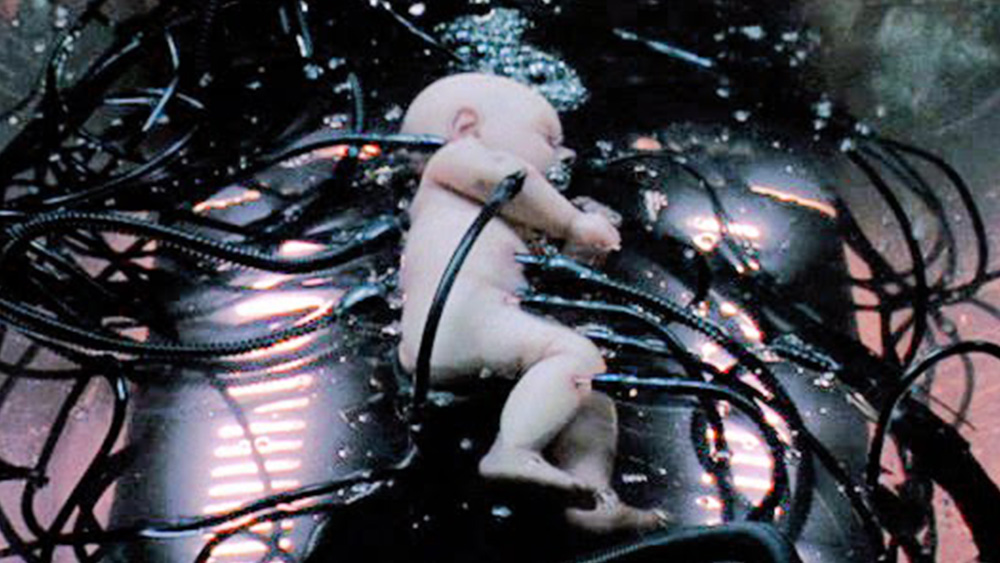Dead bat market: Southeast Asian bats are being killed by the thousands to feed a growing American market for the oddity
07/31/2018 / By Frances Bloomfield

In Southeast Asia, bats are being slaughtered by the thousands. But rather than being culled solely to protect fruit crops, the deaths of these animals are fueled by the demands of dead bat enthusiasts in the United States. Website such as eBay, Etsy, and Instagram are becoming marketplaces for people to sell and buy dead bats.
As reported by Newsweek.com, over 114,927 bats were imported to the country between mid-2000 and 2013, with over 113,200 of the bats already dead. This meant that from the middle of 2000 to 2013, at least 9,000 bats were killed each year. Allison White, EcoHealth Alliance research scientist, collected and broke down the data obtained from the U.S. Fish and Wildlife Service Law Enforcement Management Information System (FW LEMIS) to these figures:
- Live bats: 59 shipments and 1,727 live bats in total.
- Dead bats (Whole body): 390 shipments and 44,398 dead bats in total.
- Bat skeletons (Substantially whole): 119 shipments and 6,641 bat skeletons in total.
- Bat specimens (Scientific or museum): 2,096 shipments and 58,456 bat specimens in total.
- Bat skulls: 70 shipments and 1,978 bat skulls in total.
This brought the total number of bat-related shipments to 2,734 across all categories; 2,638 were cleared and 96 shipments were either abandoned or refused entry into the United States.
This extreme and unrelenting massacring of bats has led to huge drops in bat populations. Speaking to Newsweek.com, American ecologist and bat expert Merlin Tuttle noted that areas once densely populated by bats now lie empty.
“I’ve seen huge losses, mostly due to various kinds of over-harvesting, especially at cave entrances, either for food or for sale as mummies,”said Tuttle.
These mummies, according to the report, are being purchased by the members of alternative communities. Taxidermists, collectors of oddities, and the goth subculture are but some of those groups. Bat conservationist Joe D’Angeli, also known as “New Jersey’s Bat-Man”, explained that the goth subculture comprises a sizable portion of his efforts following. While most goths “wouldn’t be caught dead hanging these dead bats around”, D’Angeli stated that there are some who see mummified bats as “cool and edgy” and worth keeping in their possession.
And the country that’s more than willing to satiate those interests appears to be Indonesia. The leading exporter of legally cleared wildlife shipments, Indonesia is known to be the biggest supplier of bats to the United States as well. Though the Asian nation is legally cleared to export wildlife, the legal requirements set in place do not necessitate the explanation of how, why, or who killed the animals.
“It is a virtual certainty that the bats you’ve seen advertised are not sustainably harvested. Any bat that died naturally would be quickly destroyed by ants or other arthropods or consumed by a scavenger,” said Tuttle.
He added that those people who claim to have gotten their bats from bat farms are “definitely lying”, as bat farms simply don’t exist. Breeding bats in captivity is a challenging endeavor not helped by the fact that female bats give birth to only one or two baby bats (or pups) annually. (Related: Ninety-eight percent of cave-hibernating bats have died in Pennsylvania, say biologists.)
Even more upsetting is the impact that the deaths of these animals have upon the ecosystem. As explained by Tuttle: “Durian sell for billions of dollars annually in [Southeast] Asia and are extremely difficult to produce without bats to pollinate them, even in orchards. Also, there is a strong animal rights community who would be quite upset about these cute and highly intelligent and beneficial animals being slaughtered for souvenir mummies.”
Fast facts about bats
- There are over 1,300 species of bats all over the world. According to BatCon.org, the majority of bats consume insects, many of which are considered damaging pests. Mexican free-tailed bats, for example, eat the corn earworm moth, a species of moth that attacks commercial plants of all kinds.
- The bats that feed on nectar are crucial pollinators for a variety of wild and cultivate fruits, namely bananas, peaches, carob, and agave.
- Bats that eat fruits, on the other hand, play important roles as seed dispensers. The seeds dropped by these bats can account for upwards of 95 percent of the first new growth of certain plants.
Visit Environ.news for more news stories about bats and other animals that contribute to the planet’s overall health.
Sources include:
Tagged Under: animals, bat population, bats, conservation, dead bats, environment, extinction, wildlife preservation



















